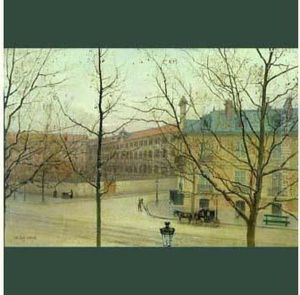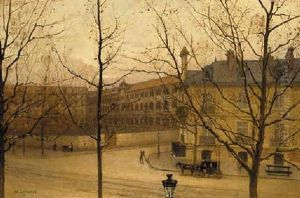Charles Laplante Paintings
Charles Laplante was a French illustrator and engraver whose work gained considerable recognition in the 19th century. Born in 1823, Laplante's career spanned a period of significant transformation in the art world, coinciding with the rise of popular print media and the evolution of engraving techniques. He was particularly known for his mastery in the art of steel engraving, a method that allowed for high levels of detail and durability, making it ideal for reproducing images in books, magazines, and newspapers.
Laplante's work often depicted scenes from history, literature, and everyday life with a remarkable degree of precision and depth. His ability to capture the essence of a moment or the character of a figure made his illustrations highly sought after by publishers across Europe. Among his most notable contributions were illustrations for Alexandre Dumas’ novels and for educational publications, where his engravings served both to embellish and to enlighten.
Throughout his career, Charles Laplante adapted to changing tastes and technological advancements in the printing industry. His adaptability ensured that his engravings remained in demand, even as lithography and later photographic processes began to revolutionize the field of illustration. Despite the challenges posed by these new technologies, Laplante's work retained its popularity, thanks to his exceptional skill and the timeless appeal of his compositions.
Charles Laplante died in 1896, leaving behind a legacy of work that continues to be appreciated by art historians and collectors. His engravings not only provide a window into the visual culture of the 19th century but also showcase the technical skill and artistic vision that characterized the best of traditional illustration techniques. Laplante's contributions to the field of engraving highlight the importance of this art form in the history of visual communication and the dissemination of knowledge.

